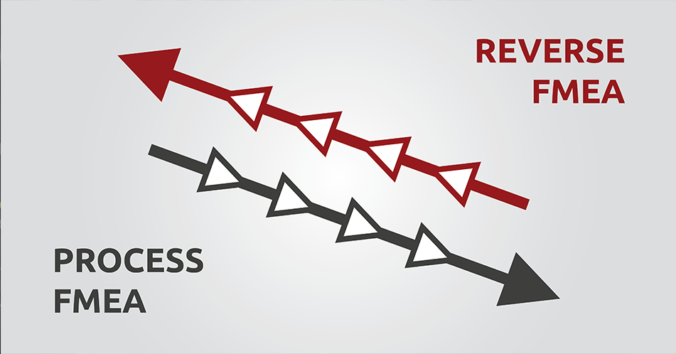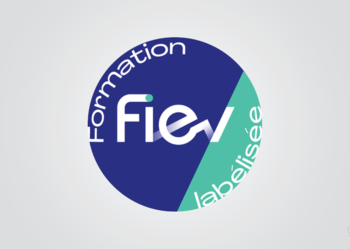Introducing Reverse FMEA Methodology | SNECI Training Module

Next online sessions (autumn 2020): November, 19th & December, 10th. Book now!
The FMEA (Failure Mode and Effect Analysis) is a methodical approach to evaluate and prioritize risks about possible points of failure. This world-known methodology is applied in several areas of knowledge, including process and product.
The FMEA application depends on the user’s rigor and discipline. Therefore, a lack of regular reviews of the FMEA studies is one of the most common problems that are faced by the team despite its importance. If the results are not being regularly reviewed, the FMEA applications are not maximized and are restricted to the reduction of the problems that were identified during the initial study.
OEMs are concerned by this matter, especially when talking about the Process FMEA. Some OEMs, such as General Motors, PSA, and Renault, have even introduced specific requirements regarding the use of a Reverse FMEA tool to address the problem of FMEA revisions.
Automotive Industry Action Group (AIAG) together with the German Association of the Automotive Industry (VDA) has introduced the first international guide on Failure Mode and Effects Analysis (FMEA) in summer 2019. This handbook provides directions and guidance to automotive suppliers, followed by best practices and case studies.
Focus on Reverse FMEA
Reverse FMEA is a structured process of continuous improvement that aims to ensure the permanent updating and progress of an FMEA study. Therefore, it is a tool to support the application of FMEA.
The Reverse FMEA is a review – done at the shop floor (reality) – of all failure modes included in the Process FMEA, conducted by a multifunctional team, focused to verify that all failure modes have proper controls (prevention/detection).
The main activities to be performed for a Reverse FMEA are:
- Review of the current process in the workstations
- Diagnosis of the actual situation of the previous plan of action
- Test of actual process efficiency
- Collect and analyze the actual performance results
- Update and integrate objectives and requirements to the process
- P-FMEA revision and new action plan definition
The Reverse FMEA can be carried out as soon as the final process is operational.
Reverse FMEA Benefits
The systematic application of the Reverse FMEA tool brings many benefits to the company, such as:
- Gain experience and knowledge of the production teams
- Maintain, review and systematically improve the FMEAs
- Reduce risks and costs of non-quality
- Build a structured knowledge base
- Improve production processes.
SNECI experts in Process & Production, provide several different training courses to improve production team skills in FMEA. To learn more about our training programs, click here.








